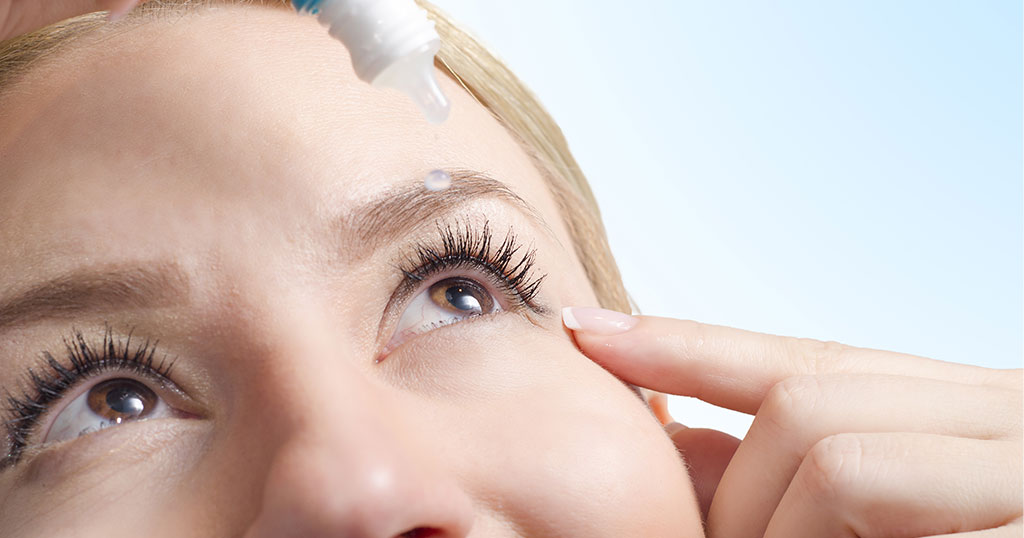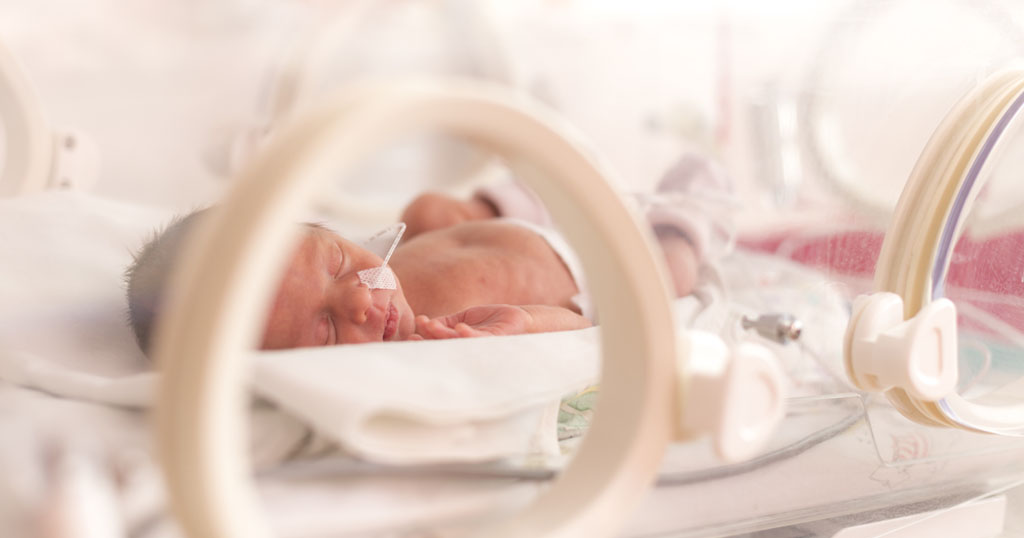This blog on the side effects of glaucoma eye drops has been contributed Dr. Salman Waqar, Consultant Ophthalmologist in Cataract and Glaucoma Surgery Glaucoma is a serious eye condition that can lead to blindness if left untreated. It occurs when there is damage to the optic nerve, which is responsible for transmitting visual information from… Continue reading Side effects of Glaucoma eye drops
Cataract Awareness Month 2018
Moorfields Dubai highlights concerns about cataracts – the leading cause of blindness – as ageing population and diabetes threaten ‘perfect storm’ 20 June 2018 (Dubai, United Arab Emirates): This Cataract Awareness Month (June 2018), consultants at Moorfields Eye Hospital Dubai are sharing their concerns about the increasing incidence of cataract – the leading cause of… Continue reading Cataract Awareness Month 2018
Moorfields builds unique experience of treating and managing complex eye diseases in the UAE to help meet demand for super specialist skills across the country and keep patients close to home
7 June 2018 – Dubai, United Arab Emirates: Uveitis is a complex eye disease that causes around 1 in 6 of all sight loss cases in patients around the world of all ages including children; treatment and management demands a very high level of sub specialist expertise that is rarely found – even in the… Continue reading Moorfields builds unique experience of treating and managing complex eye diseases in the UAE to help meet demand for super specialist skills across the country and keep patients close to home
Retinopathy of Prematurity (ROP)
Too small too soon: Little eyes One of the many things parents of premature babies say to me is, “I never knew something like this could happen and it has never happened to anyone I know, until now.” It has been estimated that about 15 million premature babies are born each year around the world.… Continue reading Retinopathy of Prematurity (ROP)

